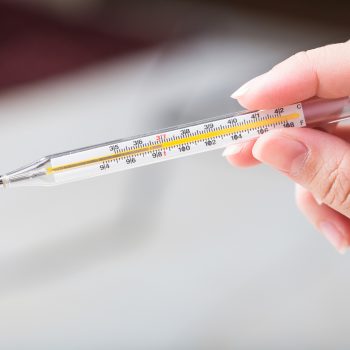It is not a novelty that in order to keep your heart healthy, it is good to avoid sedentary activity and exercise regularly. If practiced constantly involving aerobic exercises, – explains Dr. Alessio Cappelleri, Humanitas cardiologist – physical activity has benefits in reducing cardiovascular risk in both healthy and cardiopathic people. Although the mechanisms that make physical activity an instrument of prevention in cardiovascular diseases are not clear, we are certain that regular physical activity causes a decrease in the resting heart rate, with the consequent decrease in myocardial oxygen consumption, that is by the heart, and systemic blood pressure; while on the other hand, it provides an increase in cardiac output and the strength of myocardial contraction. In addition, aerobic activity in particular, such as walking, running, swimming, and cycling, increases the local and systemic formation of an important vasodilator, nitrous oxide nitrogen (NO), which provides an important aid in vasodilation of the arteries and in reducing blood pressure values. For this reason, exercise is considered one of the cornerstones of non-pharmacological therapy for heart disease.







